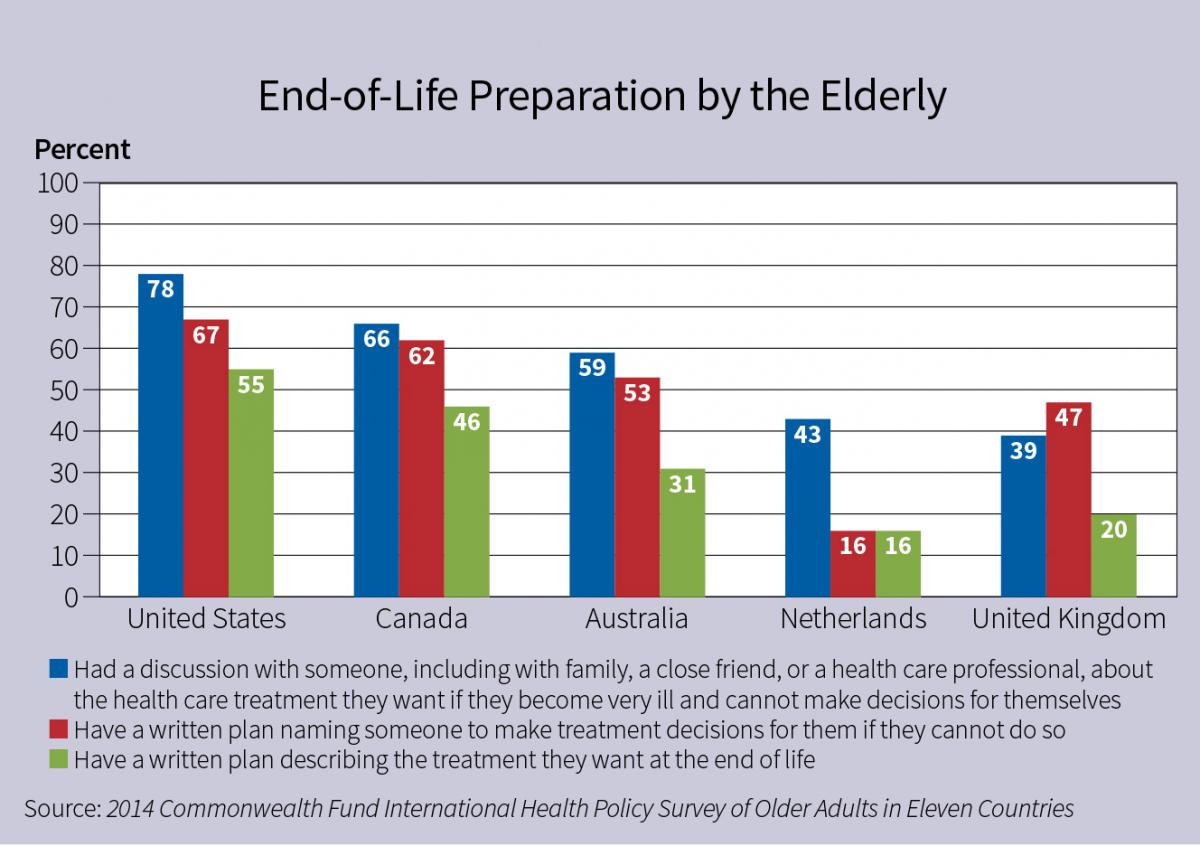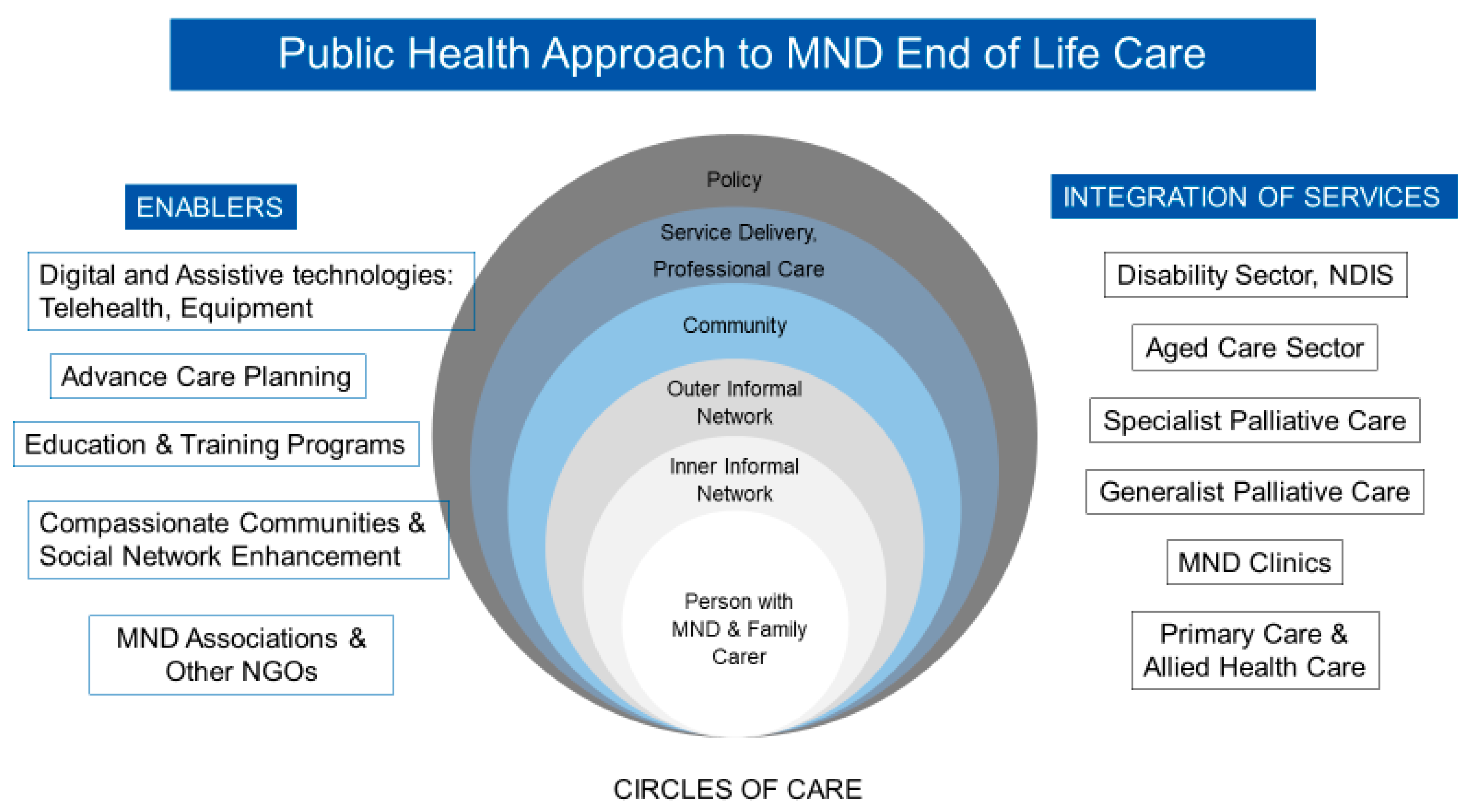The place to Watch These Who Are About to Die: A International Exploration of Finish-of-Life Care Settings
Associated Articles: The place to Watch These Who Are About to Die: A International Exploration of Finish-of-Life Care Settings
Introduction
With nice pleasure, we are going to discover the intriguing matter associated to The place to Watch These Who Are About to Die: A International Exploration of Finish-of-Life Care Settings. Let’s weave attention-grabbing info and supply recent views to the readers.
Desk of Content material
The place to Watch These Who Are About to Die: A International Exploration of Finish-of-Life Care Settings

The query of the place to spend one’s ultimate moments is profoundly private, formed by particular person preferences, cultural norms, and entry to assets. Whereas the best setting varies significantly, understanding the spectrum of choices out there – from hospital intensive care items to the consolation of 1’s own residence – is essential for knowledgeable decision-making, each for the dying particular person and their family members. This text explores the various environments the place individuals select to face their mortality, highlighting the advantages and downsides of every.
1. Hospitals: The Bastion of Medical Intervention
Hospitals signify probably the most medically intensive setting for end-of-life care. Whereas usually related to aggressive life-prolonging measures, hospitals additionally present an important security web for managing advanced medical situations and ache within the ultimate phases of life. Specialised palliative care items inside hospitals give attention to consolation and symptom administration, minimizing struggling and maximizing high quality of life within the remaining time.
Benefits:
- Entry to superior medical know-how and experience: Hospitals supply speedy entry to life-sustaining gear, medicines, and specialised medical professionals able to managing sudden issues.
- 24/7 monitoring and assist: Fixed monitoring permits for fast response to modifications within the affected person’s situation, providing peace of thoughts to each the affected person and household.
- Specialised palliative care groups: Many hospitals have devoted palliative care groups skilled in managing the bodily and emotional challenges of dying. These groups work collaboratively with different medical specialists to supply holistic care.
- Entry to ancillary providers: Hospitals supply entry to ancillary providers similar to social work, chaplaincy, and bereavement assist, which could be invaluable throughout a tough time.
Disadvantages:
- Impersonal and sterile setting: The medical setting can really feel impersonal and sterile, missing the heat and familiarity of dwelling.
- Excessive price: Hospital stays are costly, doubtlessly putting a big monetary burden on households.
- Potential for over-medicalization: The hospital setting can typically result in pointless or undesirable medical interventions, prolonging struggling slightly than enhancing high quality of life.
- Restricted privateness and management: Sufferers could expertise an absence of privateness and management over their setting and care choices.
2. Hospice Care: Specializing in Consolation and High quality of Life
Hospice care is a philosophy of care targeted on offering consolation and assist to people with a life-limiting sickness, usually when life expectancy is six months or much less. Hospice care could be supplied in varied settings, together with hospitals, nursing properties, and, more and more, within the affected person’s dwelling.
Benefits:
- Holistic strategy: Hospice care emphasizes a holistic strategy, addressing the bodily, emotional, non secular, and social wants of the dying particular person and their household.
- Ache and symptom administration: Ache and symptom administration is a central focus, making certain the affected person’s consolation and dignity.
- Household assist: Hospice applications present complete assist for households, together with bereavement counseling after the demise.
- Flexibility of location: Hospice care could be supplied in varied areas, permitting sufferers to decide on probably the most snug setting.
Disadvantages:
- Eligibility necessities: Entry to hospice care is usually contingent on a prognosis of six months or much less to stay, doubtlessly excluding some people who may benefit from its providers.
- Restricted entry in some areas: Entry to hospice care could be restricted in sure geographical areas, significantly in rural communities.
- Potential for emotional burden on household caregivers: Offering hospice care at dwelling can place a big emotional and bodily burden on household caregivers.
3. Nursing Properties: A Steadiness of Care and Neighborhood
Nursing properties supply a structured setting with 24/7 nursing care, making them an acceptable possibility for people requiring ongoing medical consideration and help with every day dwelling. Whereas not particularly designed for end-of-life care, many nursing properties present palliative care providers and assist for dying residents.
Benefits:
- Structured setting with 24/7 care: Nursing properties present a structured setting with fixed entry to nursing workers and medical help.
- Social interplay: Residents have the chance for social interplay with different residents and workers.
- Help with every day dwelling: Nursing properties supply help with actions of every day dwelling similar to bathing, dressing, and consuming.
Disadvantages:
- Institutional ambiance: The institutional ambiance of a nursing dwelling can really feel impersonal and restrictive.
- Restricted privateness and management: Residents could have restricted privateness and management over their every day routines and setting.
- Potential for isolation: Regardless of alternatives for social interplay, residents can nonetheless expertise isolation and loneliness.
4. Dwelling: The Sanctuary of Familiarity and Love
More and more, people are selecting to spend their ultimate days at dwelling, surrounded by family members and acquainted environment. Dwelling-based end-of-life care requires important assist from household caregivers or employed professionals, together with dwelling well being aides and hospice nurses.
Benefits:
- Acquainted and comfy setting: The house presents a well-known and comfy setting, selling a way of peace and safety.
- Privateness and management: Sufferers retain better privateness and management over their setting and care choices.
- Elevated household involvement: Members of the family can play a extra lively position within the affected person’s care, strengthening household bonds.
Disadvantages:
- Important burden on caregivers: Offering home-based care can place a big emotional and bodily burden on household caregivers.
- Restricted entry to medical assets: Entry to medical assets and gear could also be restricted in comparison with hospital or nursing dwelling settings.
- Potential for caregiver burnout: The calls for of offering fixed care can result in caregiver burnout and exhaustion.
5. Different Settings: Specialised Amenities and Distinctive Decisions
Past the frequent settings, different choices exist for end-of-life care. These embrace:
- Hospice homes: Freestanding amenities devoted to offering hospice care in a cushty and home-like setting.
- Respite care amenities: Brief-term care amenities offering short-term aid for household caregivers.
- Religion-based amenities: Non secular organizations could supply end-of-life care in settings that align with their non secular beliefs.
Selecting the Proper Setting:
The selection of the place to spend one’s ultimate moments is a deeply private one. Components to contemplate embrace:
- Medical wants: The complexity of the person’s medical situation and the extent of medical assist required.
- Private preferences: The person’s preferences concerning privateness, consolation, and degree of medical intervention.
- Household assist: The provision of relations or different caregivers to supply assist.
- Monetary assets: The price of totally different care settings.
- Cultural and non secular beliefs: Cultural and non secular beliefs can affect preferences for end-of-life care.
Open communication between the dying particular person, their household, and healthcare professionals is important to creating an knowledgeable resolution that respects the affected person’s needs and ensures a peaceable and dignified end-of-life expertise. Finally, the purpose is to supply compassionate care that prioritizes consolation, dignity, and the success of the person’s ultimate needs, wherever these needs could lead them.








Closure
Thus, we hope this text has supplied invaluable insights into The place to Watch These Who Are About to Die: A International Exploration of Finish-of-Life Care Settings. We admire your consideration to our article. See you in our subsequent article!